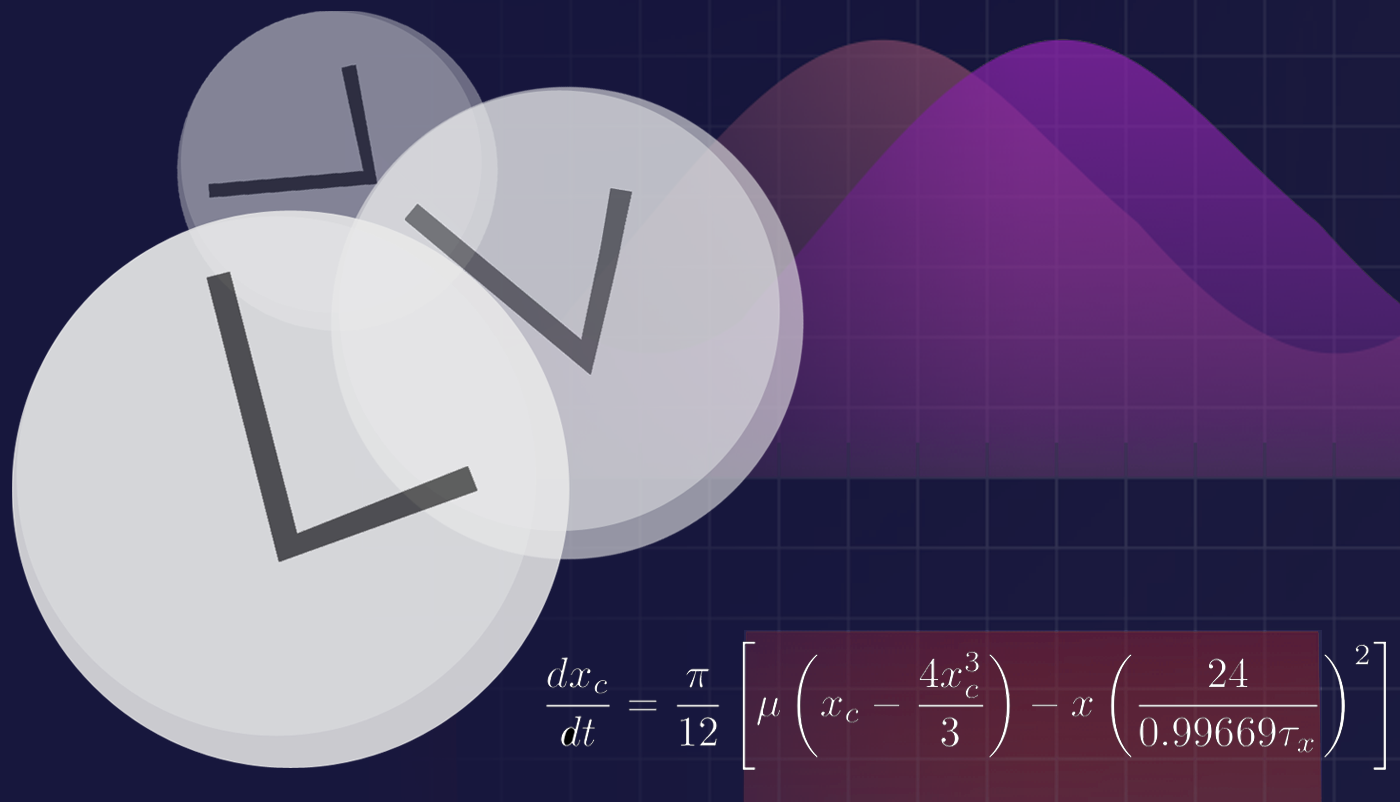Jet-Lagged? New App May Help

Jet lag has long been thought of as an unavoidable malady, but a new app might help travelers get some much-needed relief.
The free smartphone app, called Entrain, was designed to help travelers adjust to new time zones. Here's how it works: The app tells users when to manipulate their exposure to light so they can "cheat" their circadian clock and adjust to new time zones more quickly.
Light has a significant influence on the way the circadian clock regulates people's basic bodily functions, such as sleep, said Olivia Walch, a doctoral student at the University of Michigan who built the app. [10 Technologies That Will Transform Your Life]
"Light has different effects on your circadian clock at different times of the day," Walch said. "Just a little bit of light can shift your clock."
The app works based on two mathematical models that describe circadian rhythms. The models are outlined in a study published today (April 10) in the journal PLOS Computational Biology.
"Overcoming jet lag is fundamentally a math problem, and we've calculated the optimal way of doing it," said study author Danny Forger, a professor at the University of Michigan.
The app designs lighting schedules for its users, based on their itinerary. All of the schedules follow a basic rule: You should be exposed to the brightest light possible at one point during the day and to darkness at another point.
Get the world’s most fascinating discoveries delivered straight to your inbox.
Depending on your destination, exposure times can be inconvenient. For instance, the app may suggest that you be exposed to bright outdoor light late at night. The researchers said people could use a therapeutic light box to help. And if you need to go outside into intense daylight at a time when your schedule is telling you that you should be in the darkness, it may help to wear pink-tinted glasses, the researchers said.
How does it work?
When you first launch the app, it prompts you to enter the times you usually get up in the morning and go to sleep at night. The app offers only hours, not minutes, for users to enter their times.
Then, the app prompts you to select your typical light exposure from the four options: low indoor (200 lux), bright indoor (500 lux), low outdoor (1,000 lux) and bright outdoor (10,000) light. Based on the time and light-exposure criteria, the app models your circadian clock.
Users can then enter a destination, and the app models a new lighting schedule in accordance with the new time zone. The schedule is saved in the app's Schedule icon and can then be accessed anytime you want to check whether you're supposed to be exposed to light or darkness.
Even if you don't follow the recommended schedule, you can always adjust your lighting history to reflect any changes, and the app will create a new optimal schedule.
In general, the app is easy and intuitive to use. It also includes an FAQ section that explains how it works, and provides detailed information about the mechanism of circadian rhythms.
Follow Agata Blaszczak-Boxe on Twitter. Follow Live Science @livescience, Facebook & Google+. Original article on Live Science.


